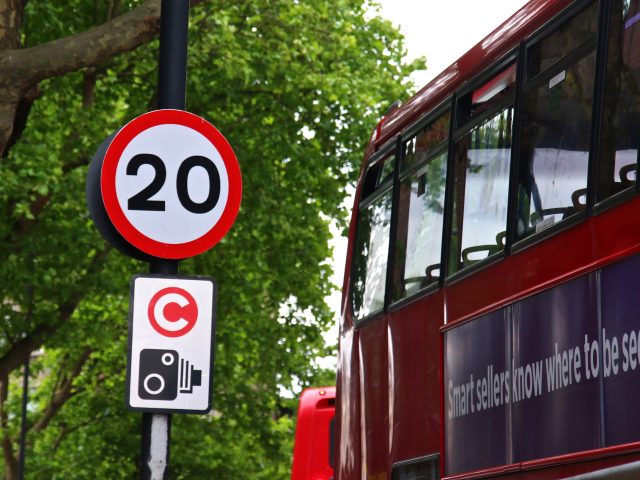Road Safety Priorities for the EU 2020-2030: Briefing for the new European Parliament
Europe is in need of strong leadership and action on road safety.
Since 2010, the average annual progress in reducing the number of road deaths in the EU has been 2.8%, equivalent to a 21% reduction between 2010 and 2018. Most of that progress was made in 2011, 2012 and 2013.
A 6.7% year-to-year reduction was needed over the 2010-2020 period to reach the 2020 target through consistent annual progress. Since 2013, the EU as a whole has been struggling to reach a breakthrough. The number of road deaths in the EU declined by only 4% since 2013. For the EU to reach the 2020 target, road deaths now need to be reduced by around 20.6% annually in 2019 and 2020 – an unprecedented and highly unlikely possibility.
The weekly number of road deaths in the EU is equivalent to two typical passenger airliners crashing and killing everyone on board. In addition, around 130,000 people were seriously injured on European roads in 2014 according to European Commission estimates based on the MAIS3+ standard definition of a serious injury.
In June 2019, the Commission published a new Strategic Action Plan on Road Safety that includes a new long-term target to halve road deaths by 2030 as well as, for the first time, a target to reduce serious injuries by the same amount.
The EU must implement this new policy framework so that it ensures both the highest practicable level of safety and a fair distribution of safety across the European Union. Building political commitment and leadership at the highest level are prerequisites for preventing road traffic deaths and injuries.
The decisions of the European Parliament matter. New legislative proposals on improving both infrastructure and vehicle safety are currently being finalised. Their further implementation and the development of new legislation in other areas will be in the hands of newly elected MEPs over the period 2019-2024.
Download






